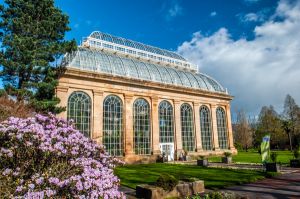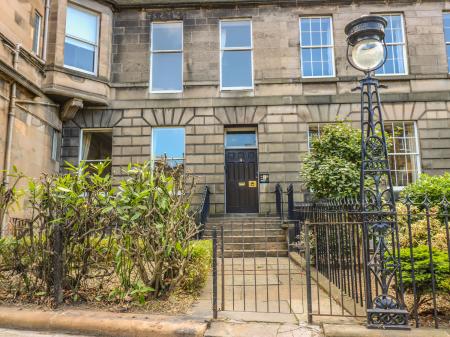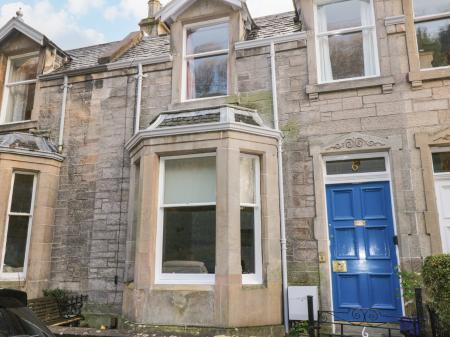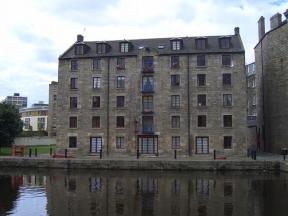
History
In 1670 a pair of Scottish physicians established a botanic garden at St Anne's Yard, close to Holyrood Palace. The date makes the Royal Botanic Garden Edinburgh the second oldest in Britain, following only Oxford University.
The core of this 'physic garden' was a private collection gathered by Sir Patrick Murray, 2nd Lord Elibank. Within just a few years the original site became too small to hold the collections. A new garden site was leased from Edinburgh's City Council in 1672. The site is now covered by platform 11 at Waverley Rail station.
In 1763 the garden moved again, to Leith Walk, and again in the 1820s to its current location beside Inverleith Row. The Royal Botanic Garden now supports 3 satellite sites, as Dawyck, Logan, and Benmore.
The 'new' site covers 70 acres, and the centrepiece is the Temperate Palm House, built in 1858 and still the tallest palm house in the UK. The gardens hold a huge collection of diverse plants from around the world. Some of the most impressive collections include alpine plants, temperate and tropical palms, orchids, ferns, rainforest plants, and carnivorous plants.
There is a rock garden, arid garden, a woodland garden featuring giant Redwood trees, and a Scottish Heath Garden. See a Chinese hillside garden, and take one of the regular guided tours.
The garden is much more than a public green space; it is a centre for plant research and conservation work, much like its counterpart in London, Kew Gardens.
The garden offers free entry, though there is a charge for the glasshouses. Most visitors will opt to explore the glasshouses, though, and for good reason; there's so much to explore that the series of glasshouses have their own separate brochure with a map so you don't get lost.
Our Visit
We visited the Botanic Gardens on a rather chilly April day. The first thing worth mentioning is just how easy it is to reach. Several city-center buses run past the East Gate, but if you fancy some exercise do what we did and walk from Princes Street. It only took us about 20 minutes and offered a good glimpse of New Town on the way. As for the gardens, what to expect really depends on what time of year you visit, but there ought to be something happening at any time of year.
Since the weather was chilly, we didn't hang about; we got a map and ticket for the glass houses, then explored the Scottish native plants area before heading straight to the Palm House. This truly is an iconic Victorian building. Don't miss the fossilised tree outside the entrance.
Once inside the glasshouses, we took our time and explored different climate zones, finding new plants, most of which were labelled. It was a bit challenging to photograph inside the tropical houses, as my camera lens kept fogging up! Maybe that's why I enjoyed the arid glasshouse display most.
Near the Palm House is a garden in memory of the Queen Mother, based on a hedge trimmed in variations of the letter E. Other places we enjoyed included the Chinese hillside, with a pavilion at the bottom looking over a placid lake.
We could have walked back to Prince's Street, but decided to take a bus from the East Gate. Even on a Sunday we only had to wait 10 minutes, and the journey took another 20-25 minutes.
If you enjoy gardening, the Royal Botanic Gardens are a must-see, and even if your thumb is more brown than green, like mine, it makes a very worthwhile diversion from the wealth of historic sites in Edinburgh town centre.









